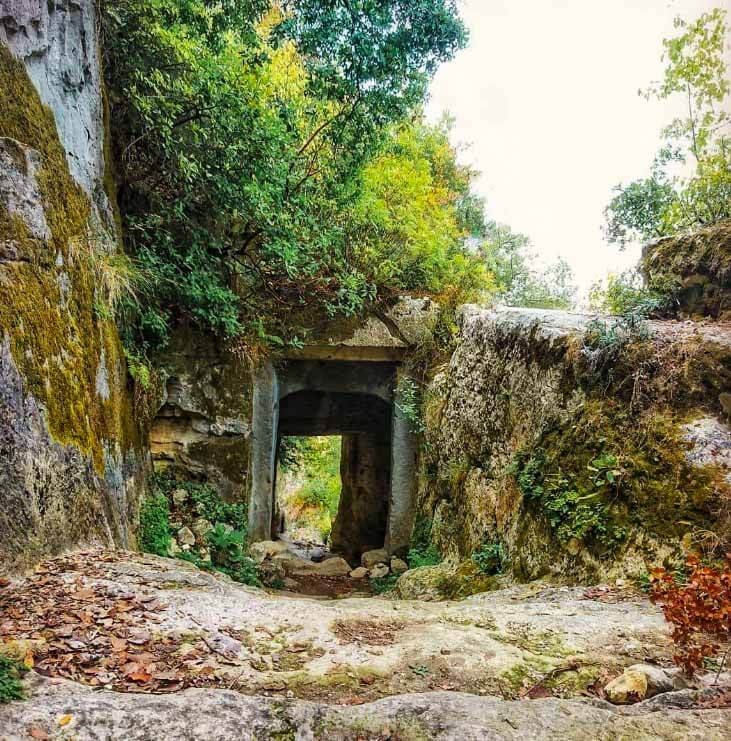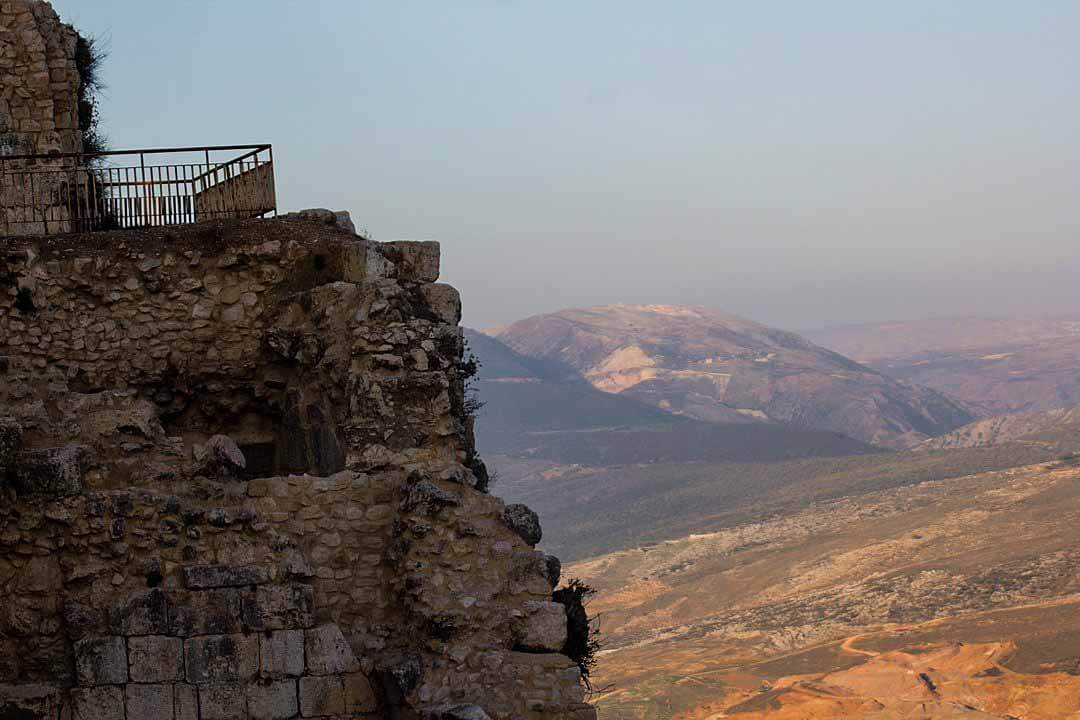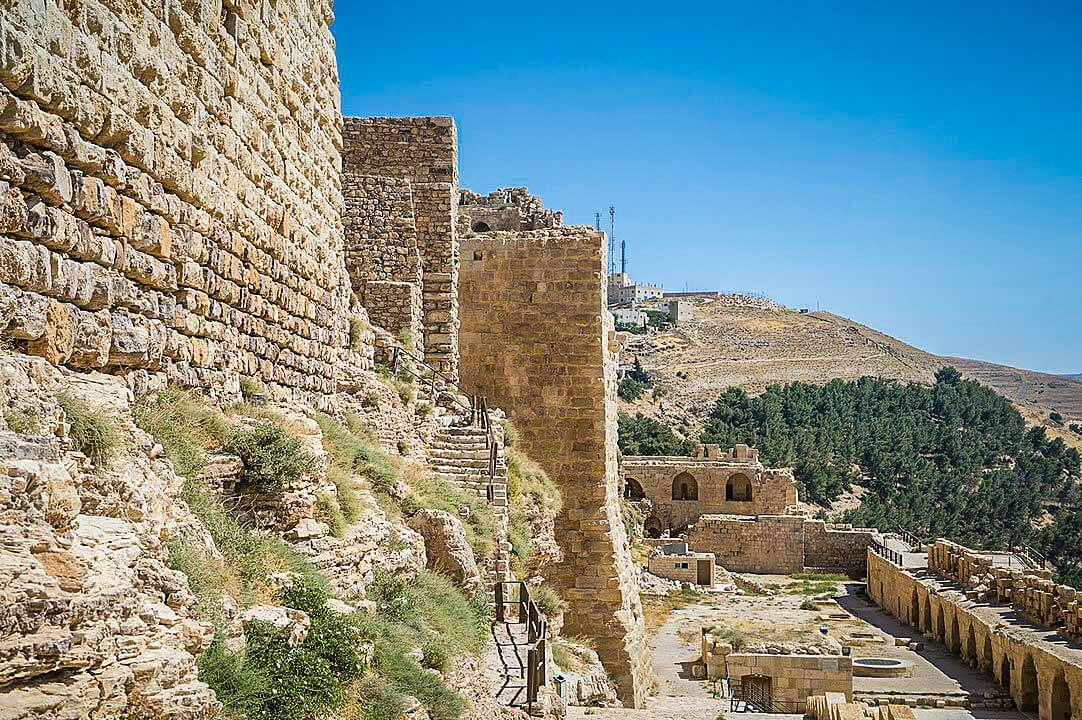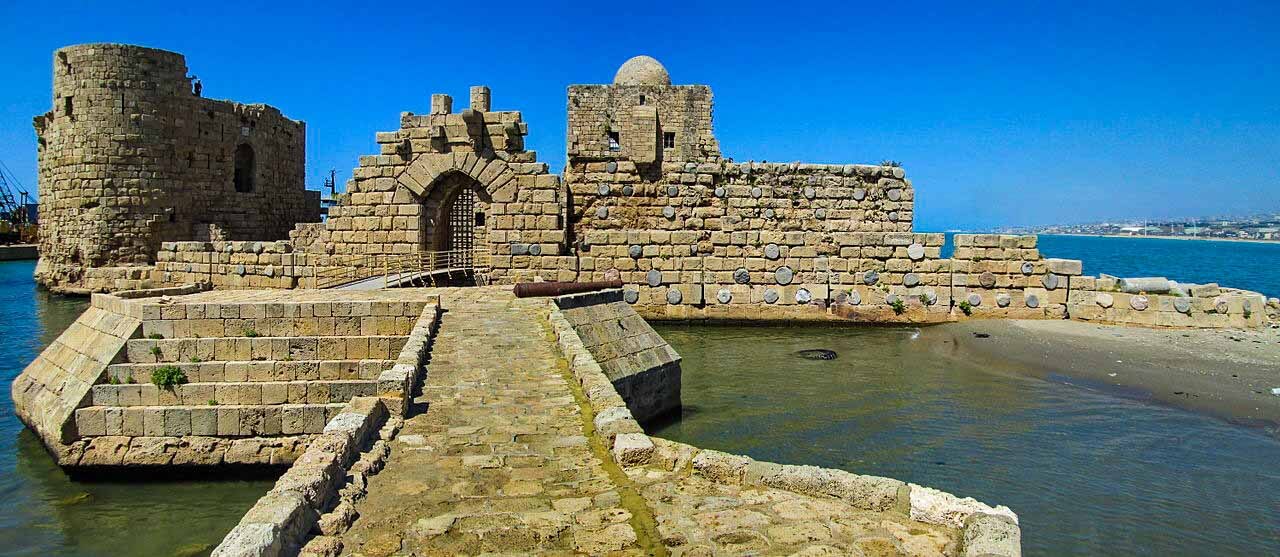Baniyas, Tartus – Syria
Coordinates: 35.095093, 36.157828
Al-Qadmus is home to an important medieval castle that served as the headquarters of the Isma’ili community in Syria, known as the Assassins during the Crusader era.
Today, the castle is largely in ruins and, along with some scattered Ottoman-era houses throughout the town, serves as a tourist site.
Al-Qadmus also contains a large mosque with an octagonal minaret. The town is also a center for tobacco production in Syria.
The city is named after Cadmus, who was a Phoenician prince known for introducing the original Alphabet or Phoenician alphabet to the Greeks.
The fortress of al-Qadmus was captured by Bohemond I of Antioch in 1129. In 1130-1131 it was recaptured by local Muslim forces.
The fortress was later sold to the Isma’ili (known then as the Assassins) sect in 1132 by the Muslim emir of al-Kahf, Sayf al-Mulk ibn Amrun.
By 1167 the scholar Benjamin of Tudela wrote that al-Qadmus served as the principal seat of the Assassins.
Although details are few, al-Qadmus changed hands between the Assassins and the Crusaders a few more times, before being firmly under the control of the former.
While most of the Ismailis in Syria transferred their allegiance to the Qasim Shahi line of Aga Khan III in 1887, the Ismailis of Qadmus and Masyaf remained affiliated with the Muhammad Shahi line.
They are known as the “Ja’afariya” sect and by the 1990s they numbered around 15,000. The quarter in Salamiyah where many of al-Qadmus’ inhabitants had settled was named “al-Qadamisa,” after the town of their origin.












